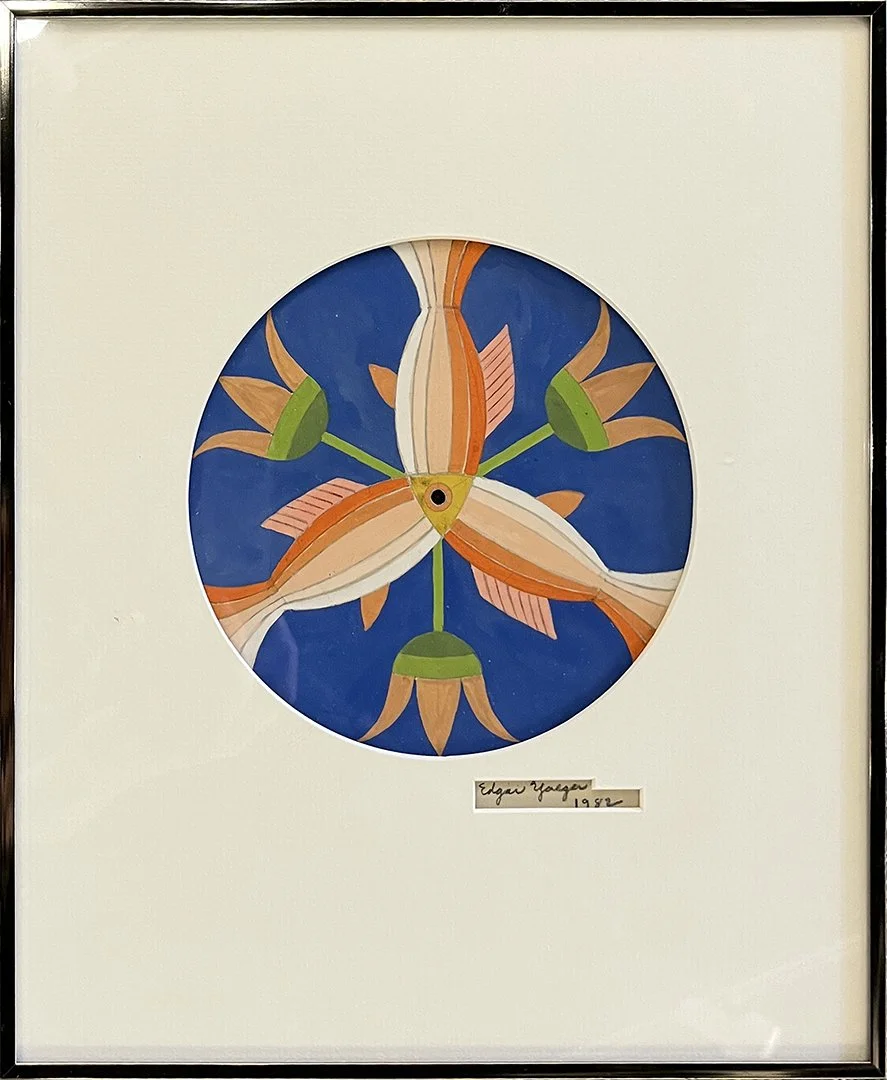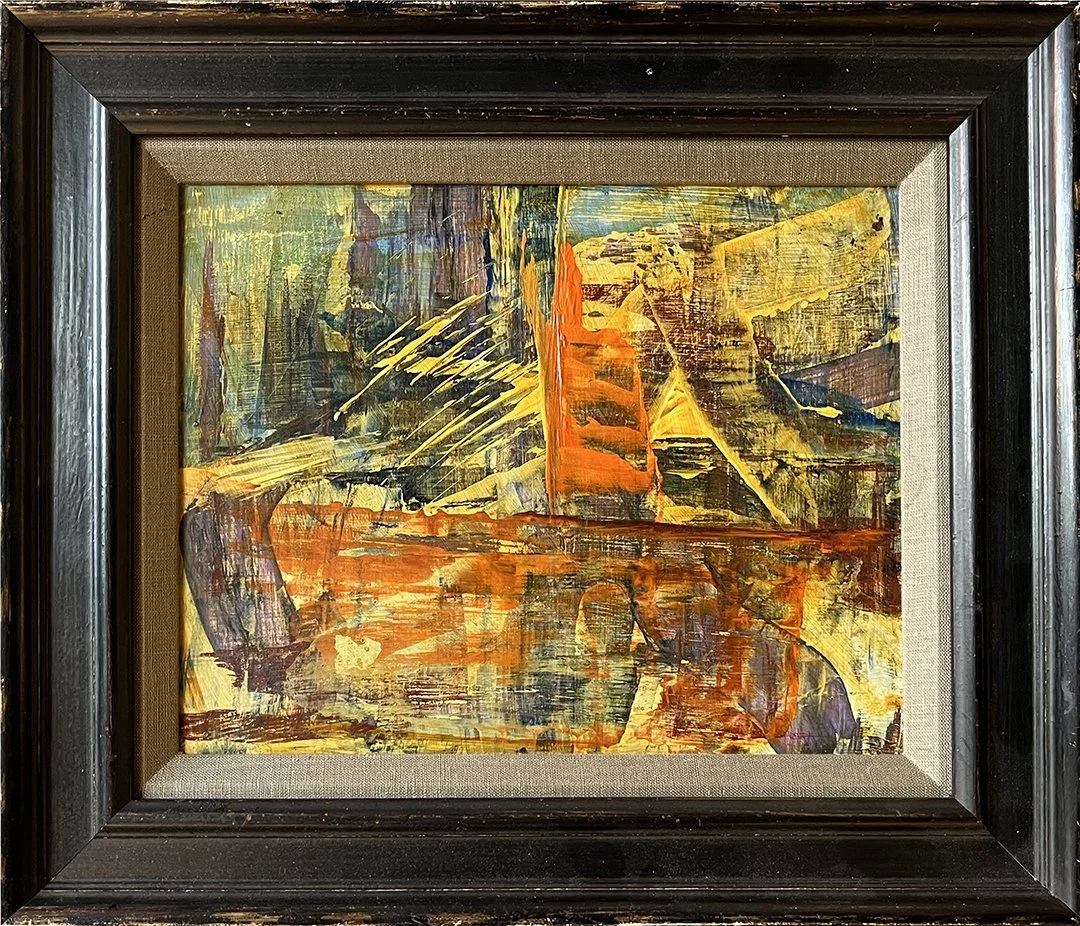Rufino Tamayo
Rufino Tamayo
From the portfolio series - Apocalypse de St. Jean, 1959
Lithograph in Color
13 x 10 inches
Unsigned
ID: DH3490
Rufino Tamayo was born a full-blooded Zapotec Indian in the Mexican state of Oaxaca in 1899. Over the course of his lengthy and productive career, Tamayo became known not only as one of Mexico's greatest painters and a dedicated and prolific printmaker, but also as one of modern art's major international masters.
As a boy, Tamayo had little formal schooling and spent most of his time drawing, often heading to the National Museum to sit and sketch the archeological treasures of Mexico's past, especially the pre-Colombian objects, which influenced his art for the rest of his life. At the age of 17, he attended a commercial art school and he later became the Director of Ethnographic Drawing at the school. In 1926 he has his first one man show in Mexico which was shortly followed by his premier in New York. He spent his next ten years in New York teaching at the Brooklyn Museum of Art and producing a prolific body of work.
In 1973 Luis and Lea Remba (founders of Mixographia Studios) approached Tamayo with the idea of making prints. Tamayo was only interested in printmaking if he could feel confident that he could produce editions that possessed the same kinds of volume, texture and depth as his paintings. Luis Remba responded to Tamayo's challenge and developed the new graphic process, mixographia. This process permitted flexibility and enabled Tamayo to use a full range of painting abilities, resulting in a variety of textures. It allowed him to work in high and low relief to attain surfaces in his prints similar to those in his paintings.
The breakthrough in the mixograph process came when the Rembas created their own paper. The new paper was heavy in loose pulp which allowed the ink to fully saturate the paper and created a fresco-like quality in the finished works. Tamayo was so enamored with this process that he worked exclusively with the Remba's studio for 17 years. He was extremely pleased with the ability of this technique to capture the kind of textured luminosity of his paintings. Lea Remba, the co-founder of Mixographia Studios worked with Tamayo directly on his mixographs. She speaks of Tamayo as a sensitive man who believed that "art should be felt with the heart."
A visit to the great monuments of Pre-Colombian Mexico will provide a greater respect and an appreciation for the contributions that Tamayo made as an artist. The uniqueness of his work is in his ability to overlap the past with the present and to forge a modern aesthetic that pays homage to both Mexican heritage contemporary imagery. Tamayo proved that art no longer requires a distinct social or political purpose to be relevant.
--Gretchen Van Camp, Latin American Art , Art Cellar Exchange



